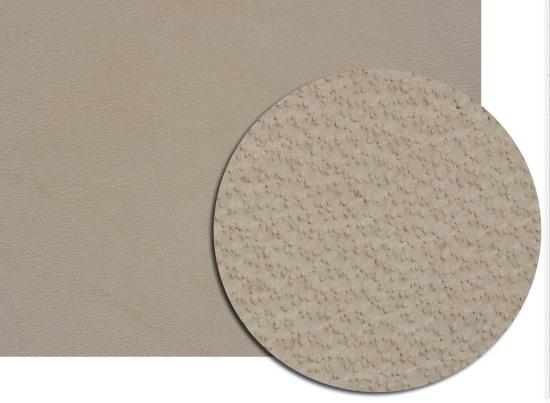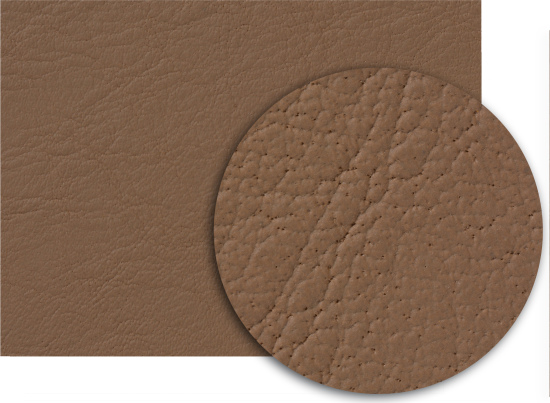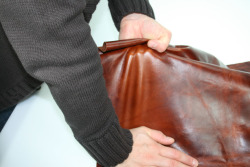Maybe you are not quite sure what kind of leather your upholstered furniture is made of?
You can find help here!
When you choose leather you are bringing a wonderful, durable, fine creation of nature into your living room. Its suppleness, breathability and natural quality are what make it so sought-after. Leather comes from a natural product – it is obtained from animal skins and therefore bears signs of an individual lifestyle. But not all leather is the same. There are different types of leather, depending on how it was made.






